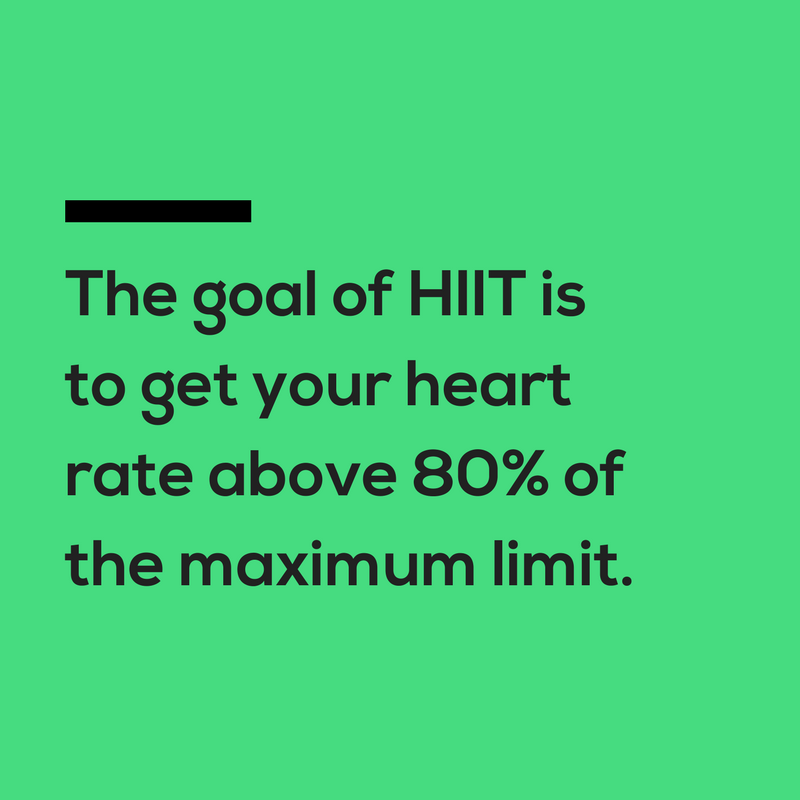High-Intensity Interval Training (HIIT) is a big trend in exercise and fitness this year. With the promise of faster weight loss and toning in shorter intervals, the appeal of HIIT is obvious. Everyone wants a beach body without sacrificing time. And with many HIIT workouts averaging just 12-20 minutes, the time saved is considerable.
But, before jumping on the HIIT train, it is important to weigh the pros and cons of the routine to determine if it’s right for you. Asking some important questions is a good place to start with any new exercise routine.
What is HIIT?
High-Intensity Interval Training, or HIIT, is the term used for any workout routine that cycles through short periods of heart-pounding cardio and rest times. Using simple and well-known exercises like running or jumping rope, HIIT promises and delivers amazing results.
But, what’s the catch?
Is HIIT Safe for Everyone?
Although most experts say anyone can safely perform HIIT, starting slow and working up to more advanced exercises is always good advice. Consult a doctor if you have a heart condition or other health concerns that might be aggravated by intense workouts.

The goal is to get your heart rate above 80% of the maximum limit. This limit is different for each person. Subtracting your age from 220 gives an estimate in beats per minute. This is why the high-intensity intervals range from 30 seconds to 4 minutes.

Keeping HIIT workouts short in duration and including rest intervals during the exercise will help reduce the chances of health risks. Limiting your HIIT sessions to 2-3 times each week is also beneficial.
What Are the Benefits of HIIT?
- Saves Time
HIIT is one of the most efficient exercise regimens on the planet with short duration. People see results after only 3 sessions plus the workouts are… well… short.
- Fat Loss
High-intensity training is proven to burn more fat in less time than other low-intensity routines. Another popular result of high-intensity interval training is an increased metabolism.
- Keep the Muscle
There is also evidence that less muscle is lost in the shed weight compared with other types of exercise.
- Do it anywhere:
HIIT utilizes simple aerobic exercises so you can do it anywhere without buying any special equipment, like Sworkit (sorry… we couldn’t resist).
- What’s the Catch?:
After looking at all the good things high-intensity training can do for you, it’s important to note the possible drawbacks as well.
Many of the downsides for HIIT are similar to those associated with most types of exercise. Over-training over extensive periods of exercise can lead to injuries. There may be muscle soreness after intense or strenuous workouts. Stagger HIIT workouts throughout the week to help reduce aches and sore muscles.
Finally, there have been a few reports of minor gastrointestinal distress immediately following a HIIT session. This can happen with any exercise which contorts or compresses the abdomen.
Time-Saving Alternative Workouts
If pushing it to the limit isn’t your thing, or if you are looking for a way to work up to a HIIT routine, there are many time-saving alternatives that might fit your schedule.
For all the Sworkiteers out there you always have unlimited timing options available to you.




Comment section